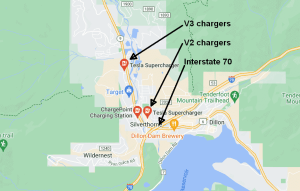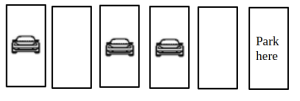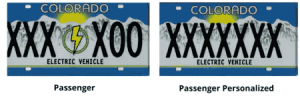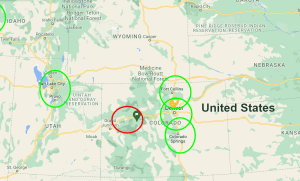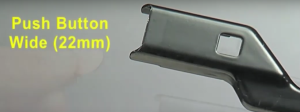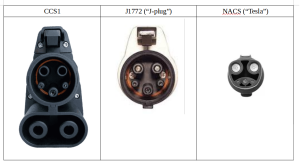
The world is filled with “network effects” (Wikipedia article). Network effects are typically positive, resulting in a given user deriving more value from a product as more users join the same network. If more and more users purchase VHS videocassette players, this prompts more film distributors to publish movies in VHS format. This in turn prompts more users to purchase VHS videocassette players, and so on, leading perhaps to the demise of the Betamax format for videocassettes. Today’s announcement that General Motors has agreed to partner with the Tesla supercharging network in the US comes on the heels of Ford’s announcement a couple of weeks ago that it had agreed to partner with the Tesla supercharging network in the US. What factors probably contributed to these recent developments? What does this mean for the future of the non-Tesla standards for EV chargers in the US? Continue reading “GM follows Ford in partnering with Tesla supercharger network”
